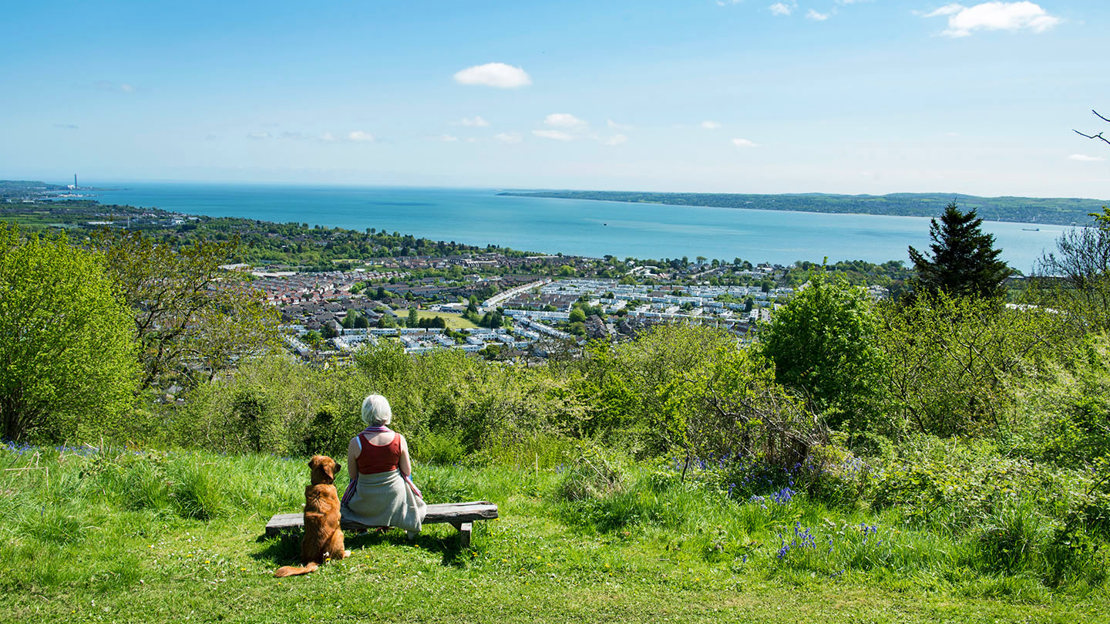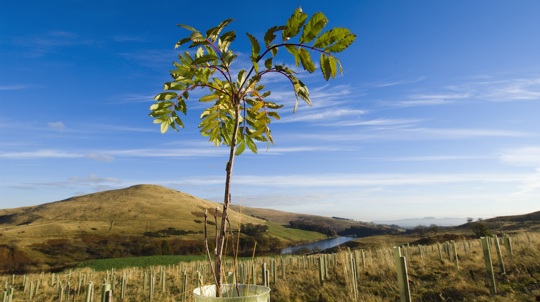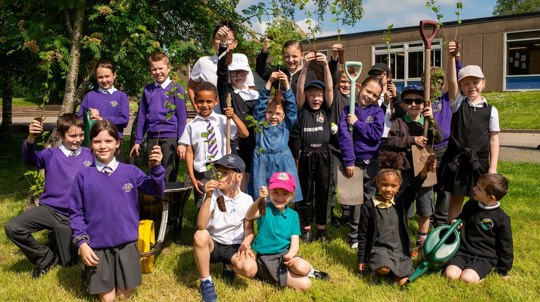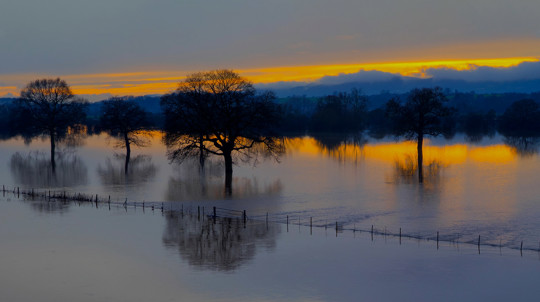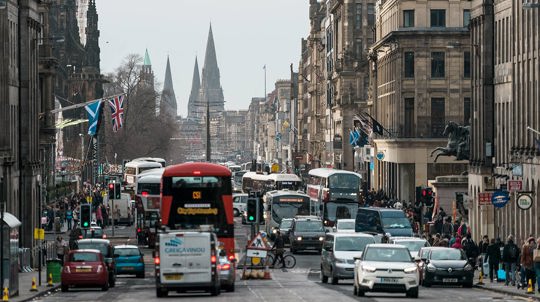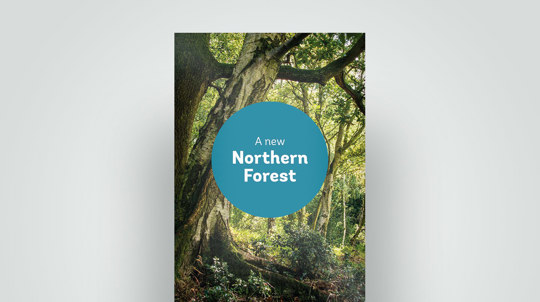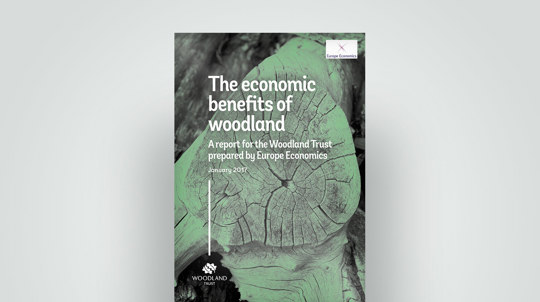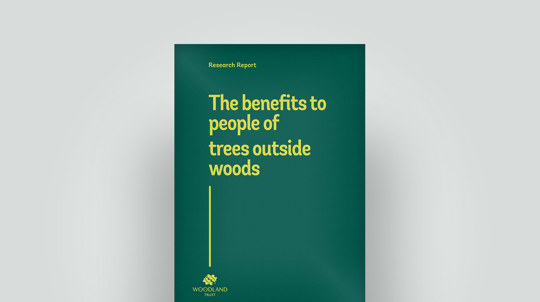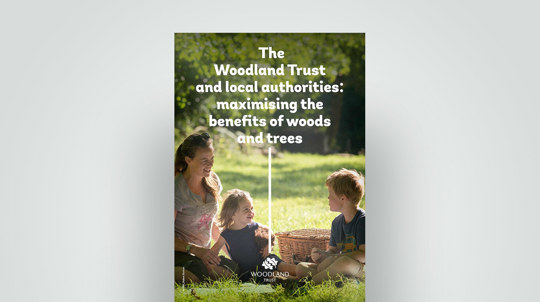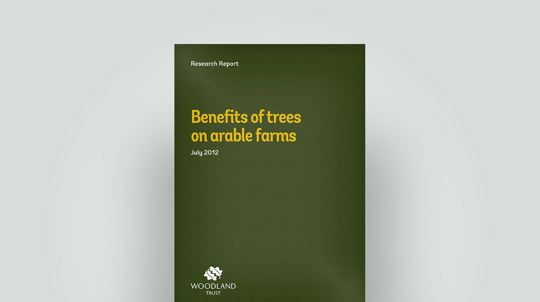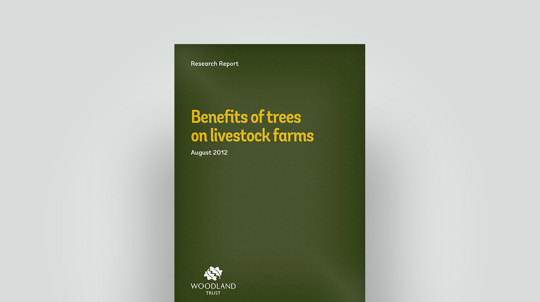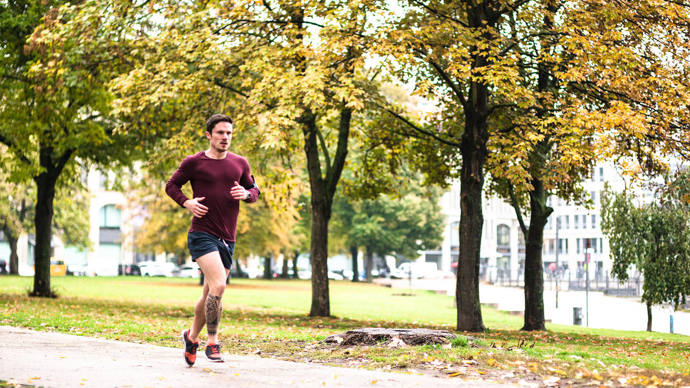
Credit: iStock.com / Franckreporter
Urban trees promote health and wellbeing
Access to nature alleviates stress, stabilises blood pressure and eases anxiety and depression. Green space also provides opportunity for healthy, active lifestyles. People exercise more and feel better around trees.
Planting more trees means investing in our future health and cutting the future costs of health care – a strategy that benefits the most vulnerable in society.


